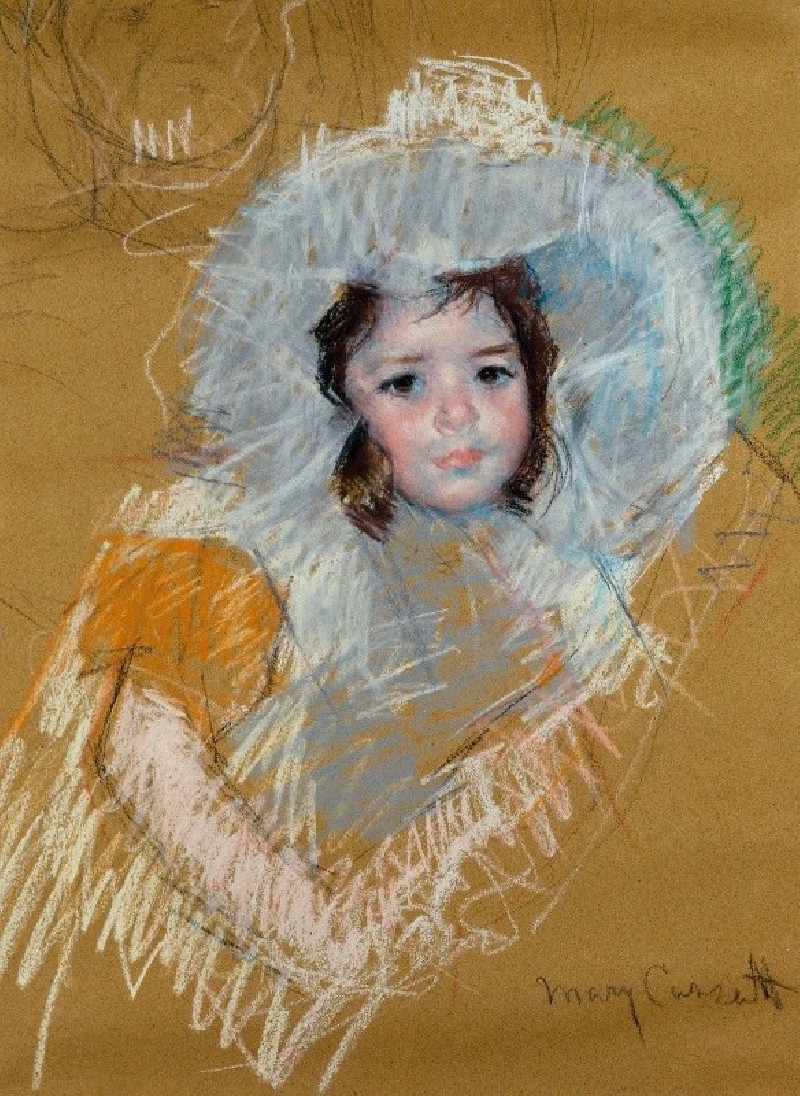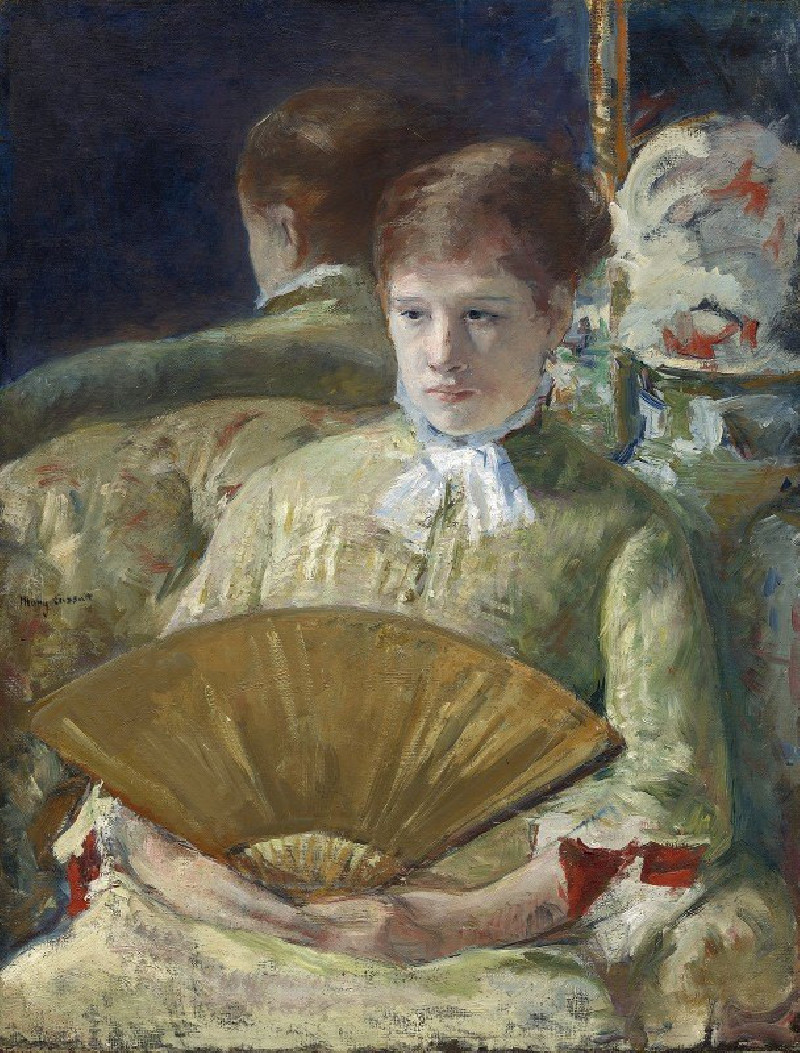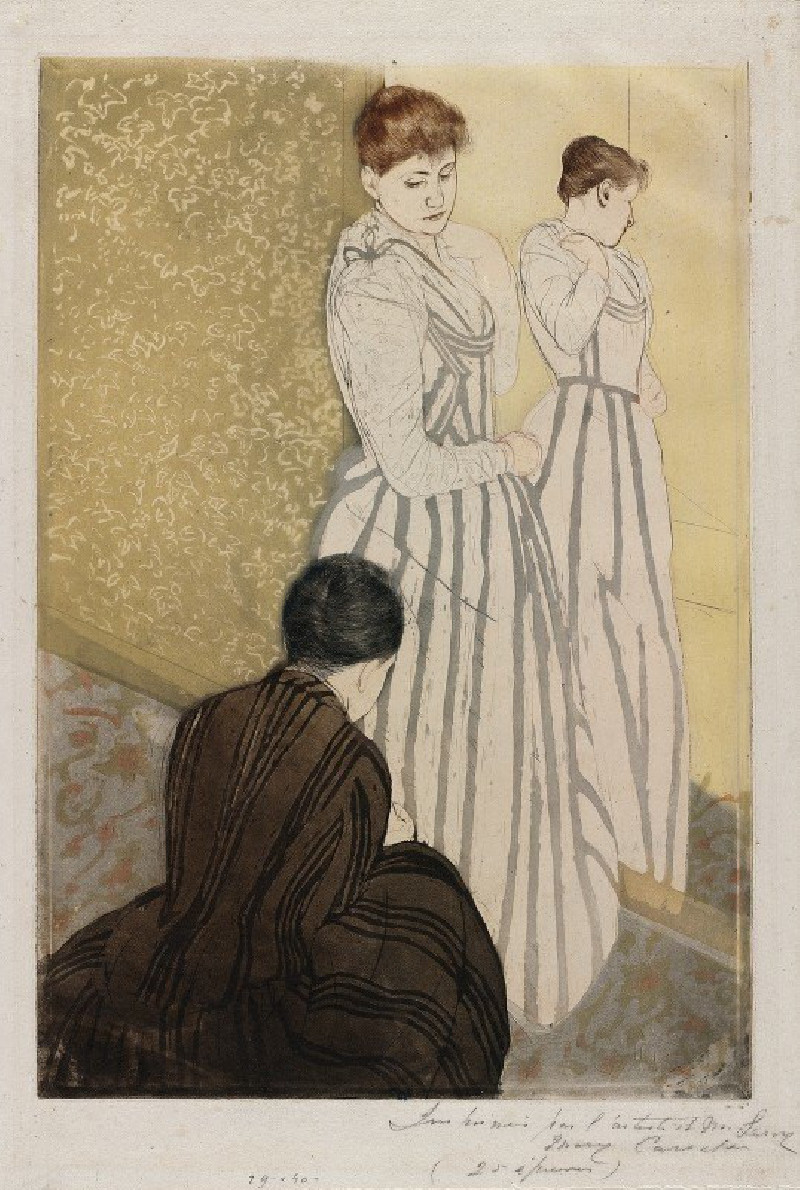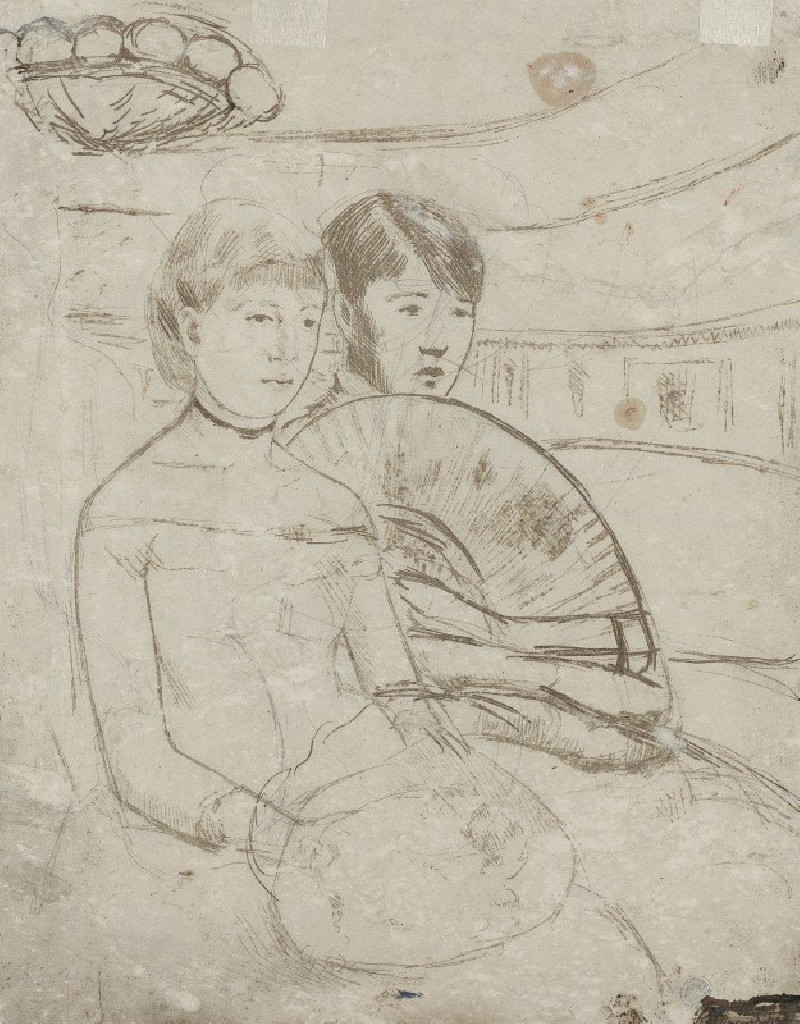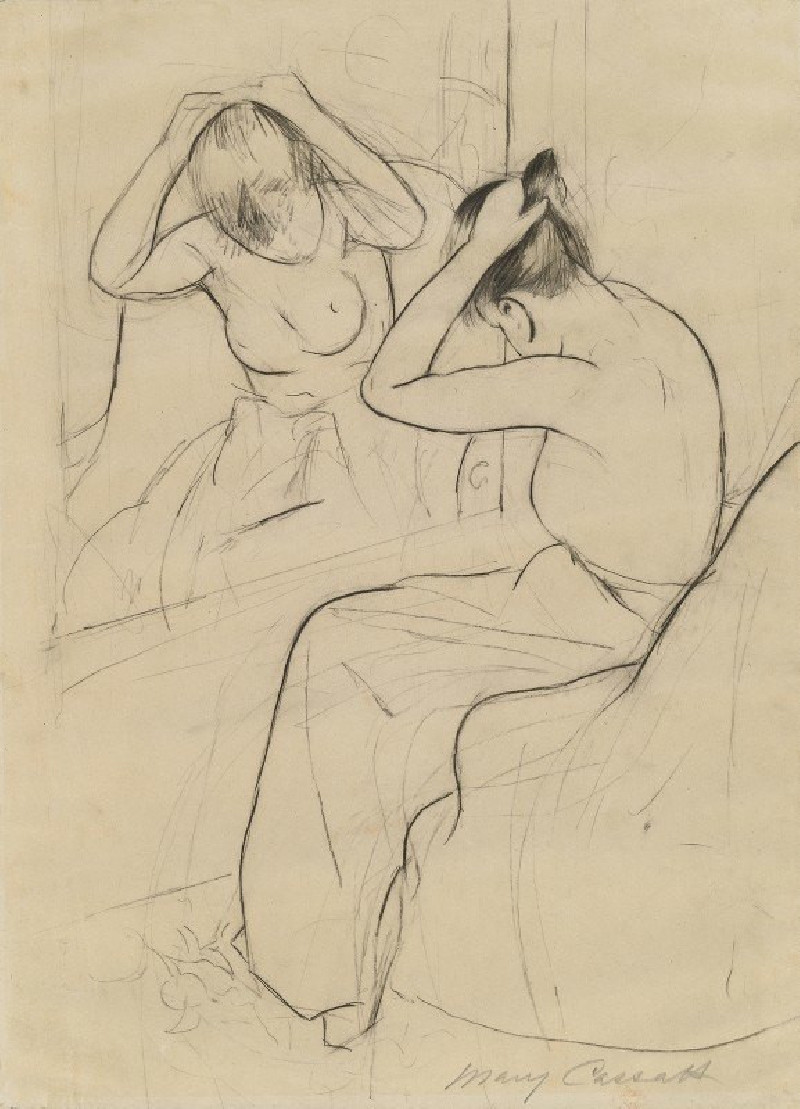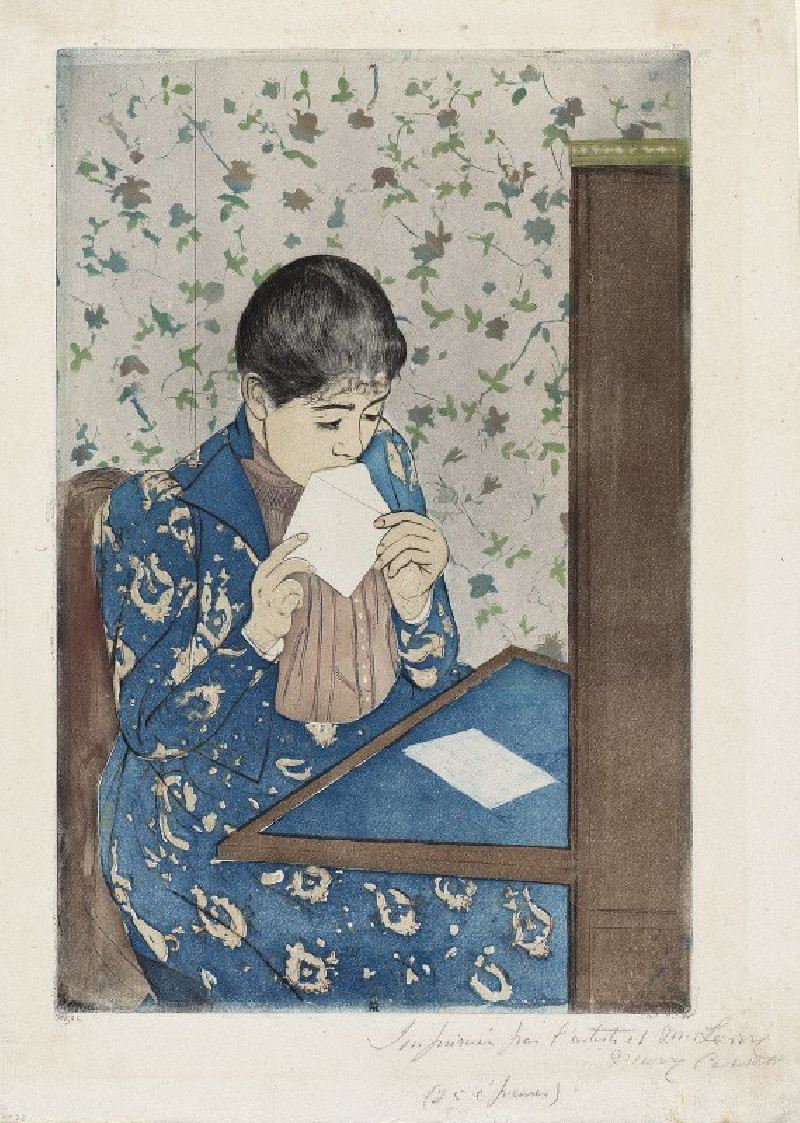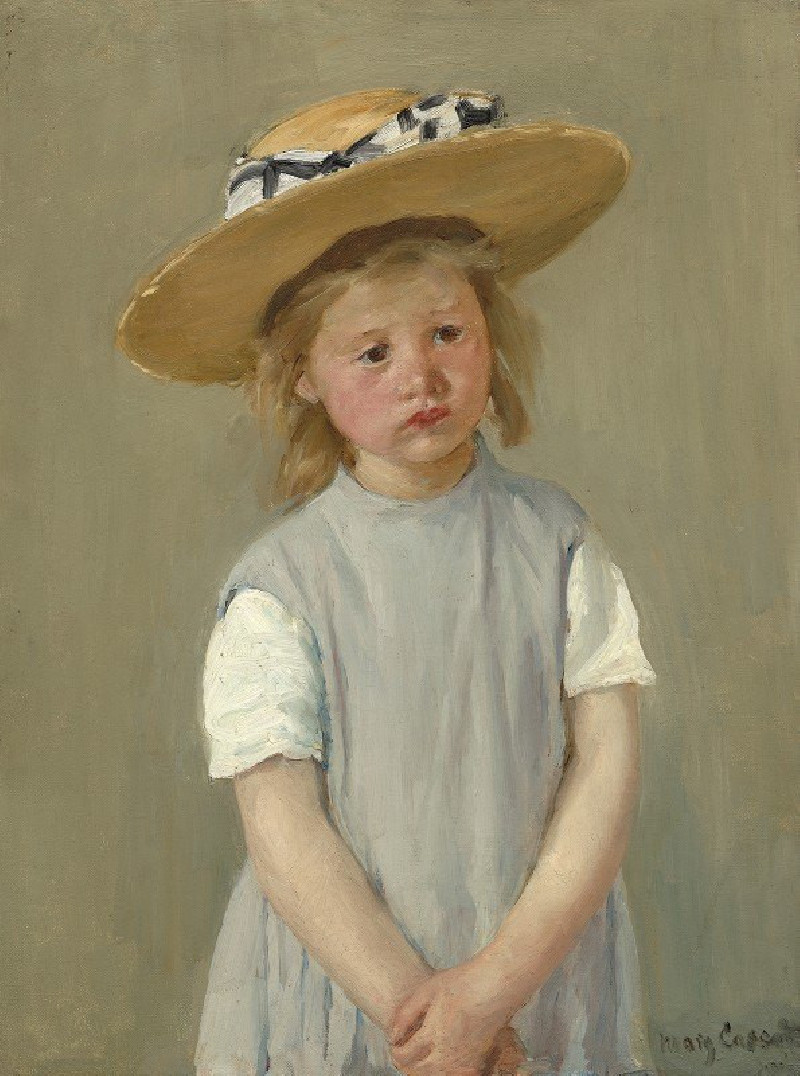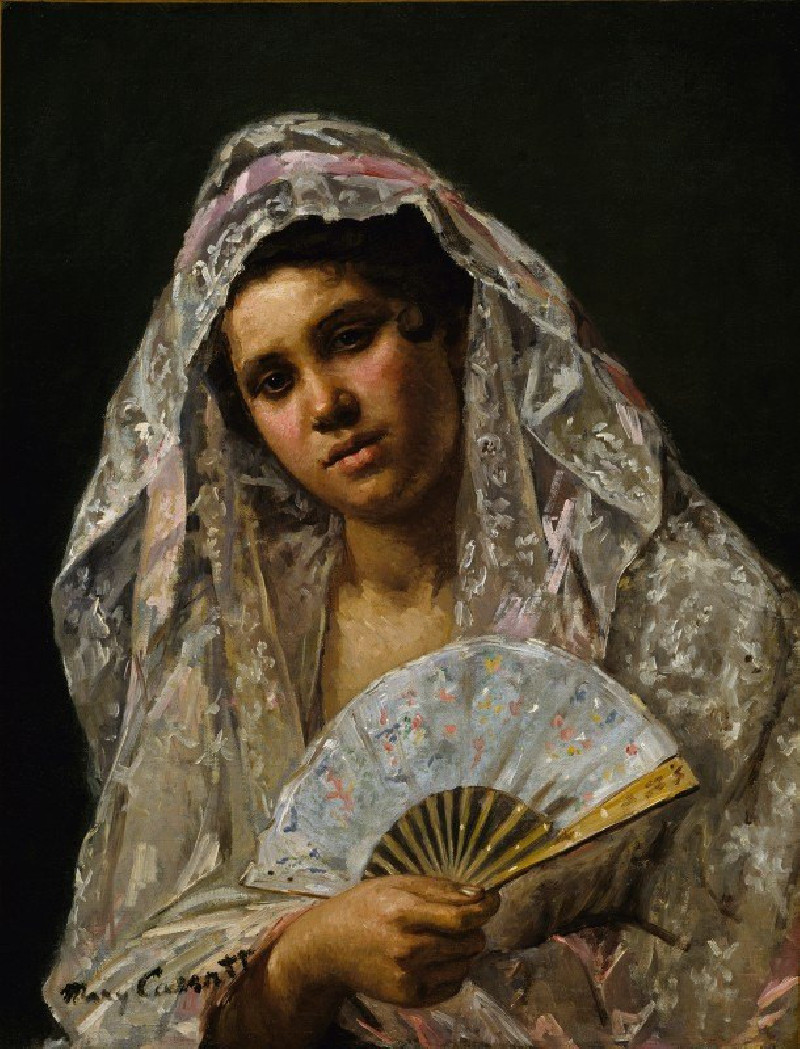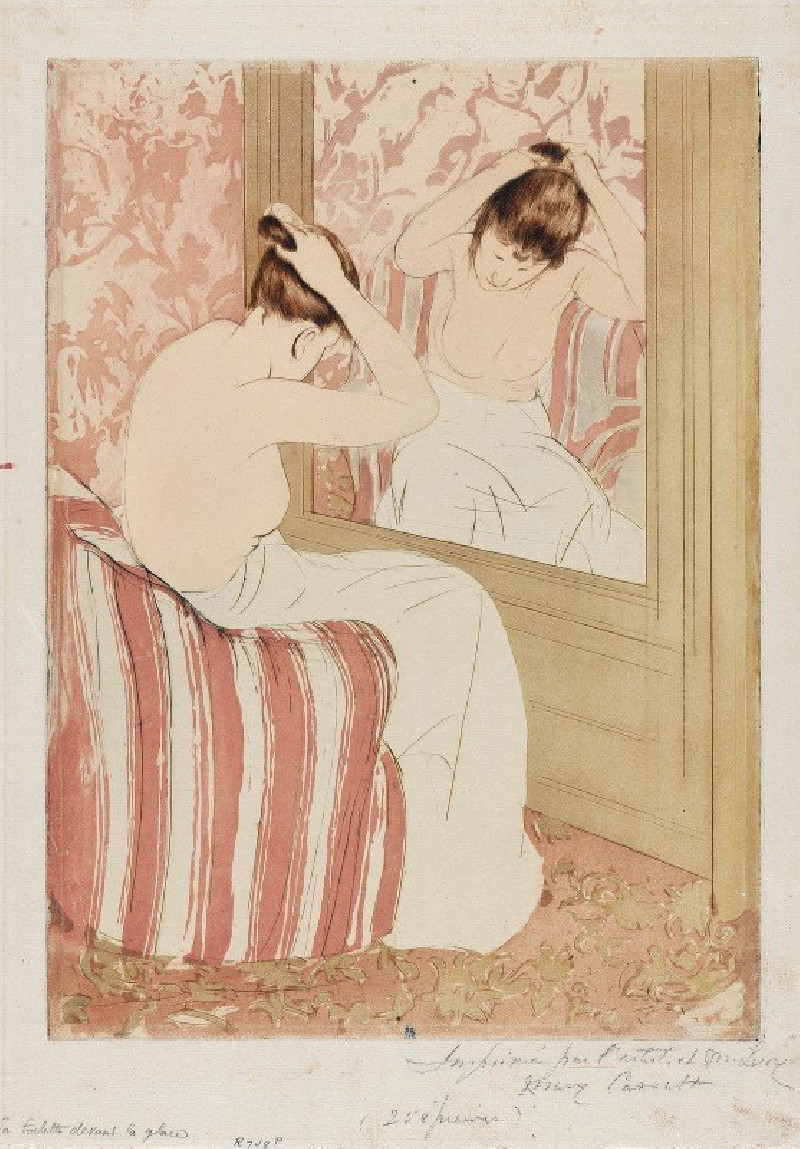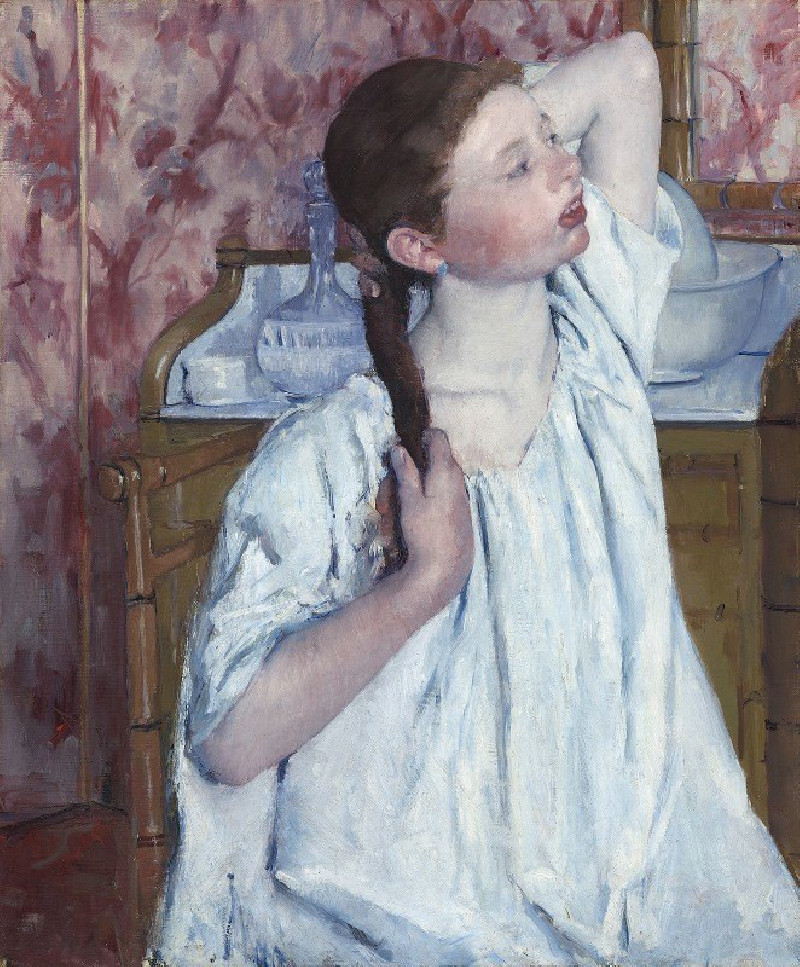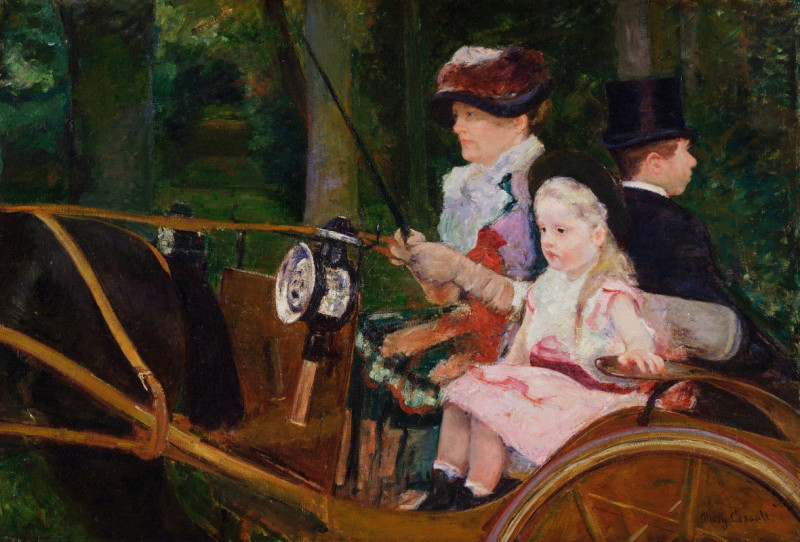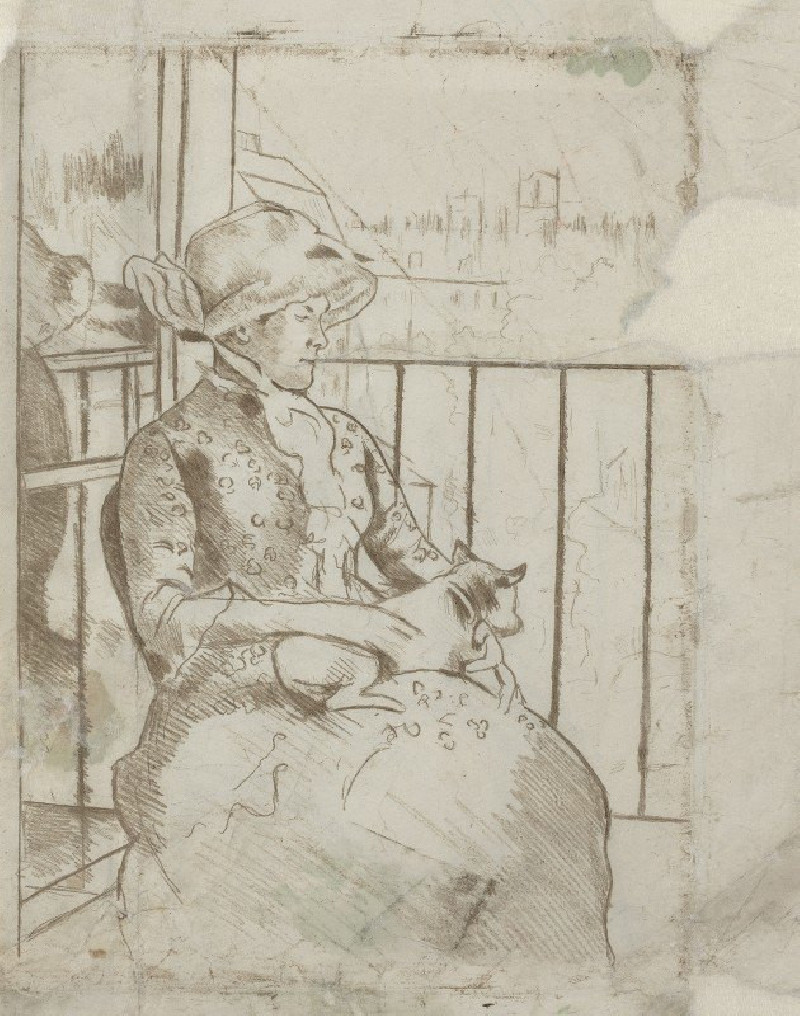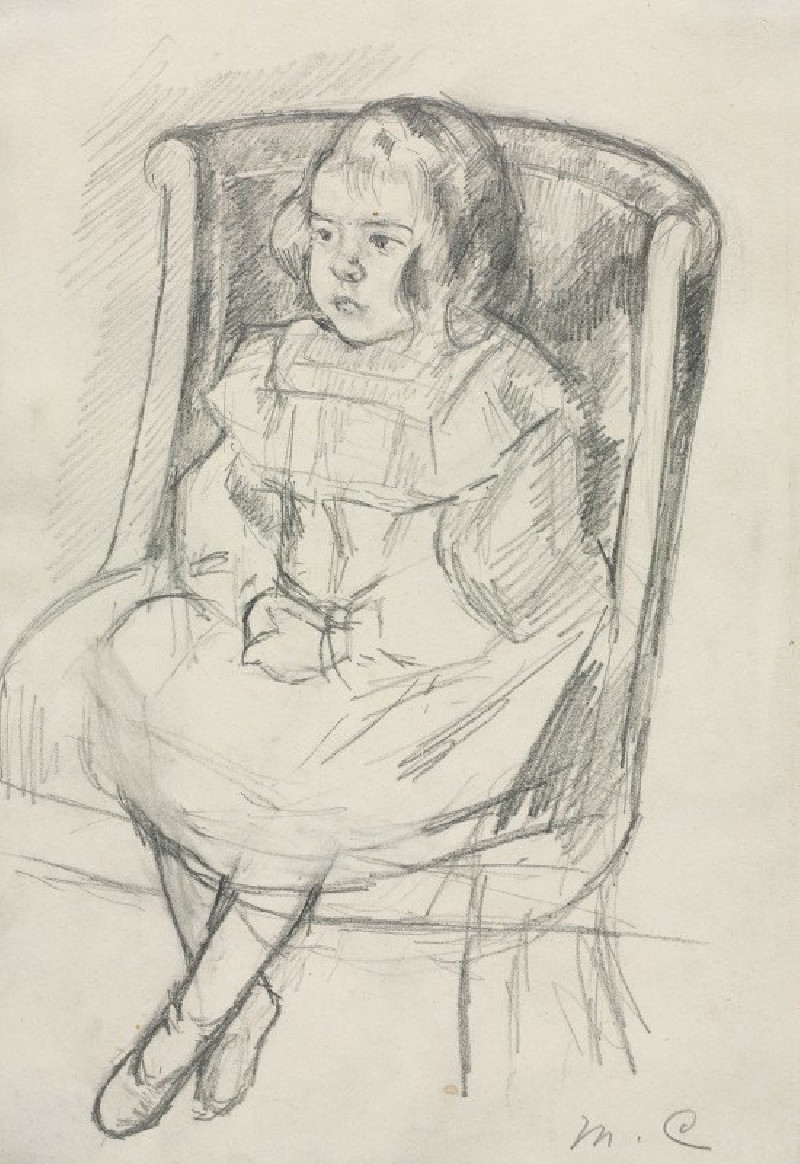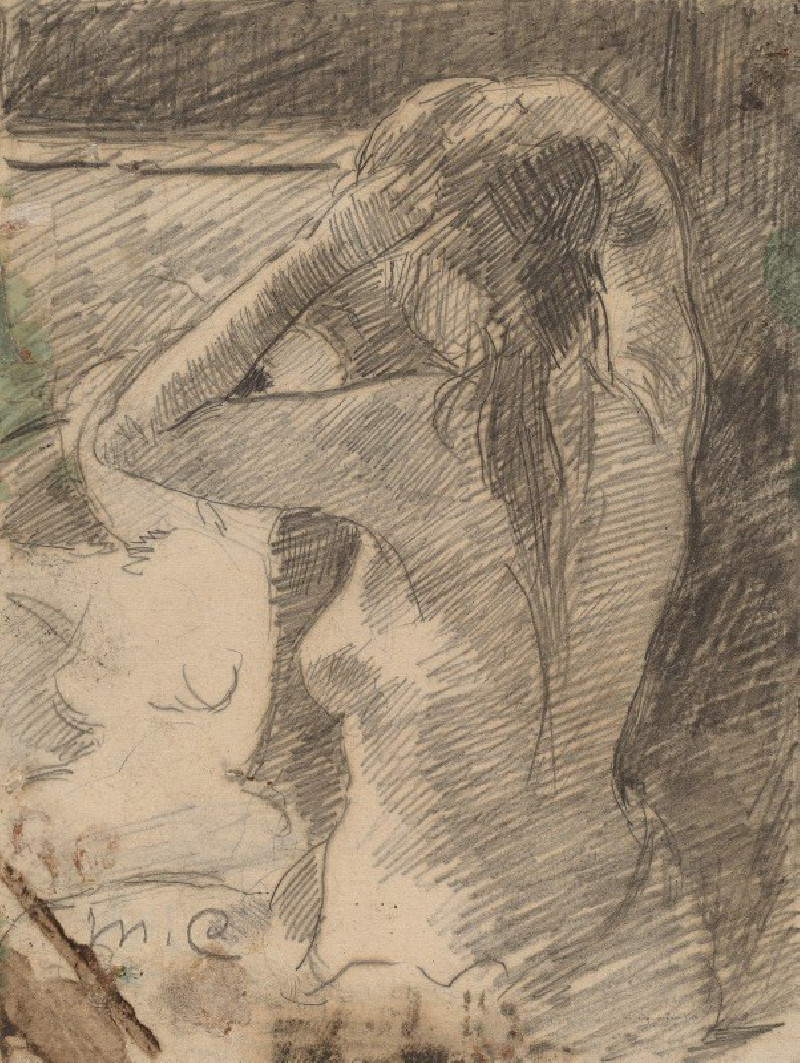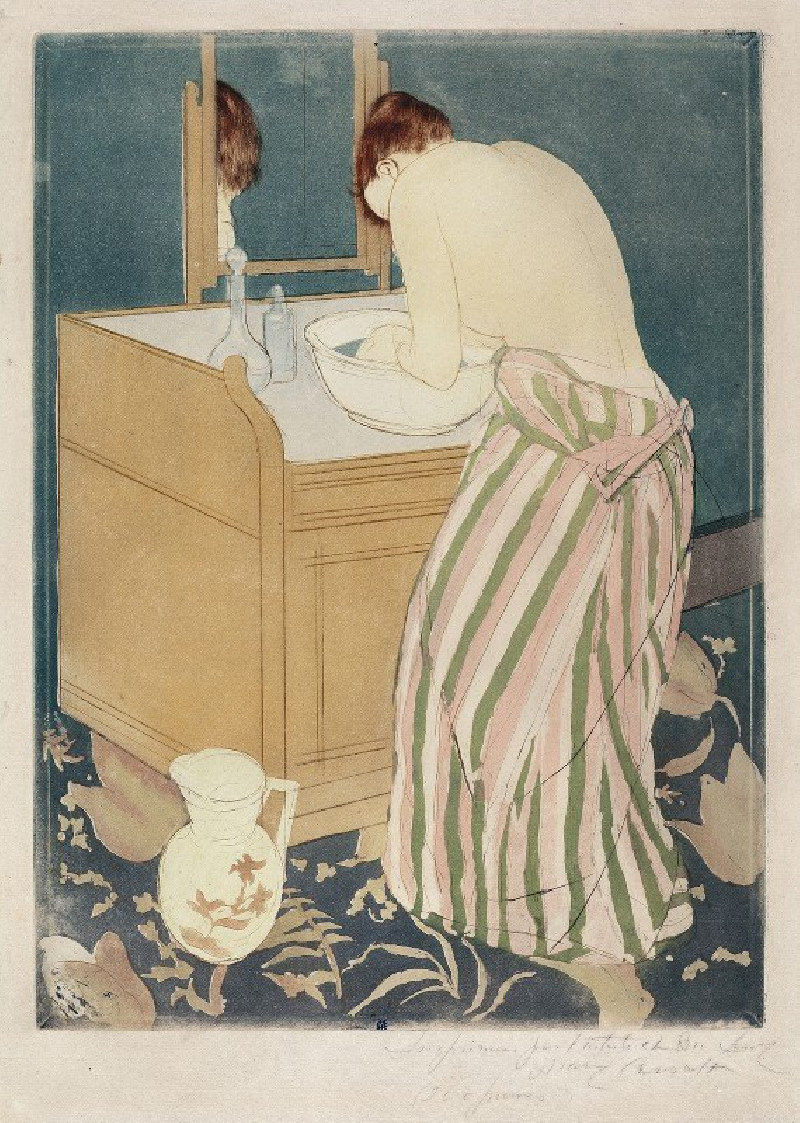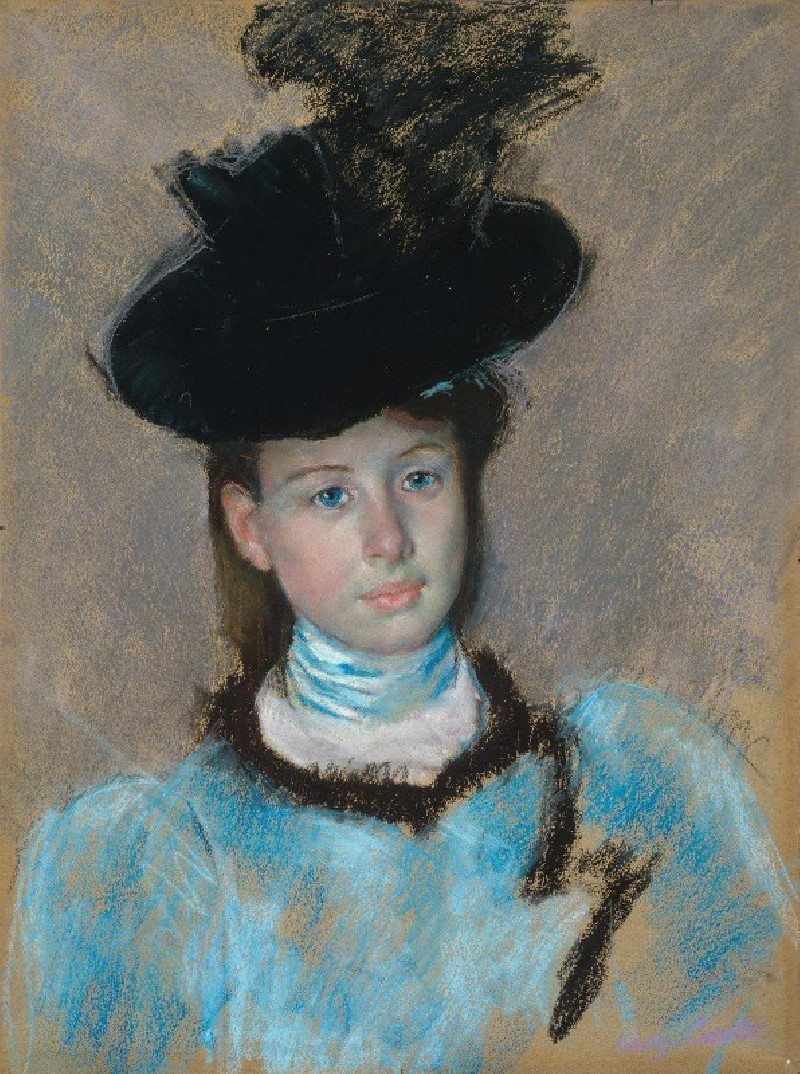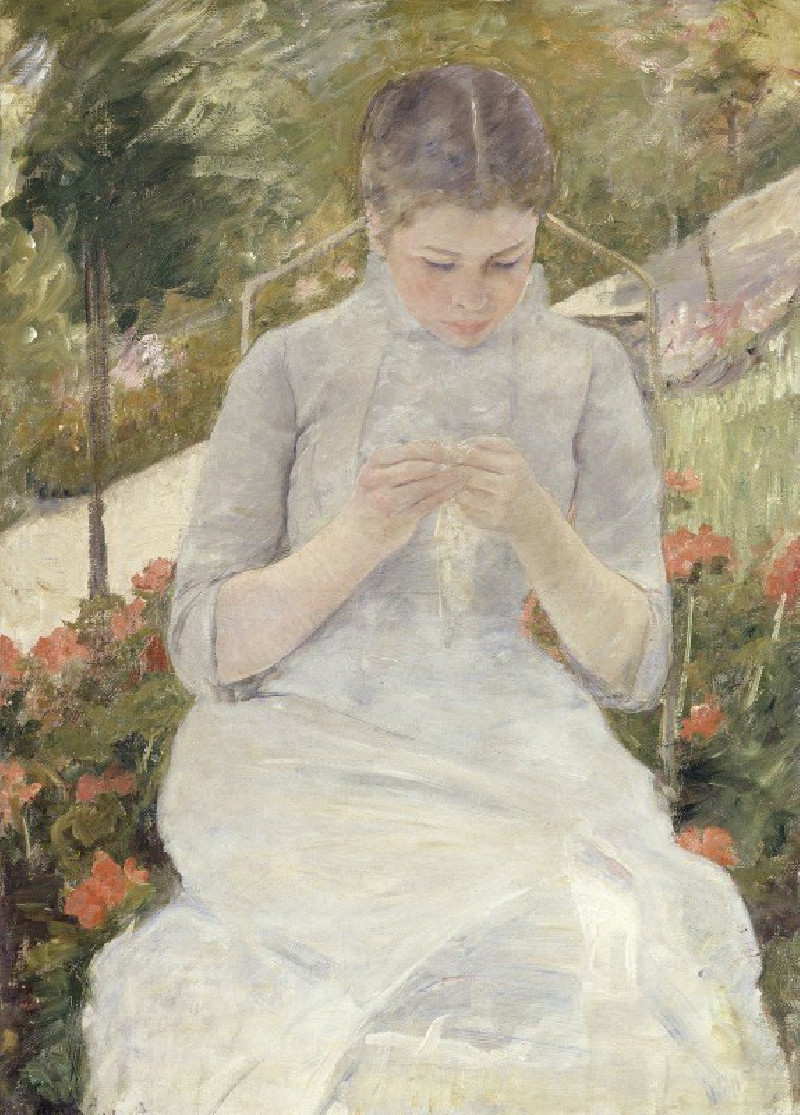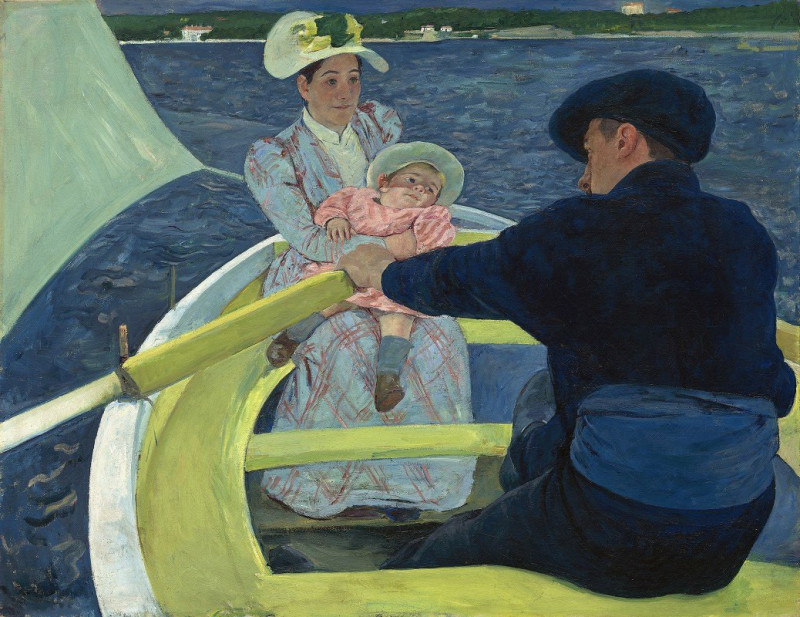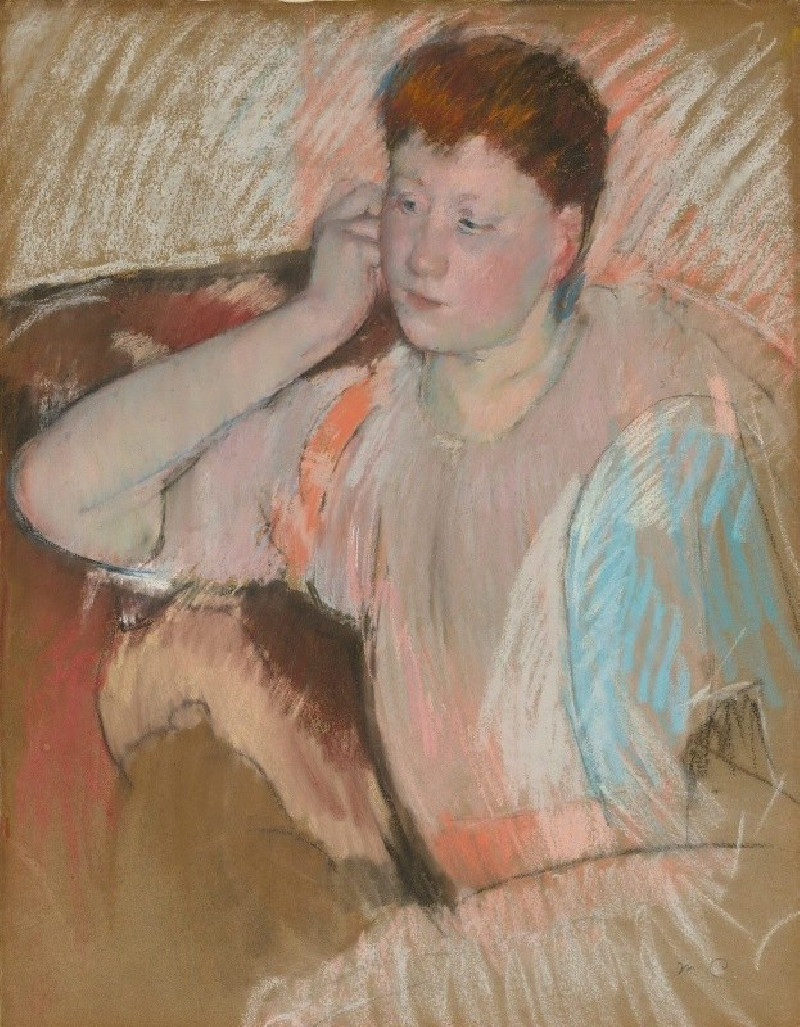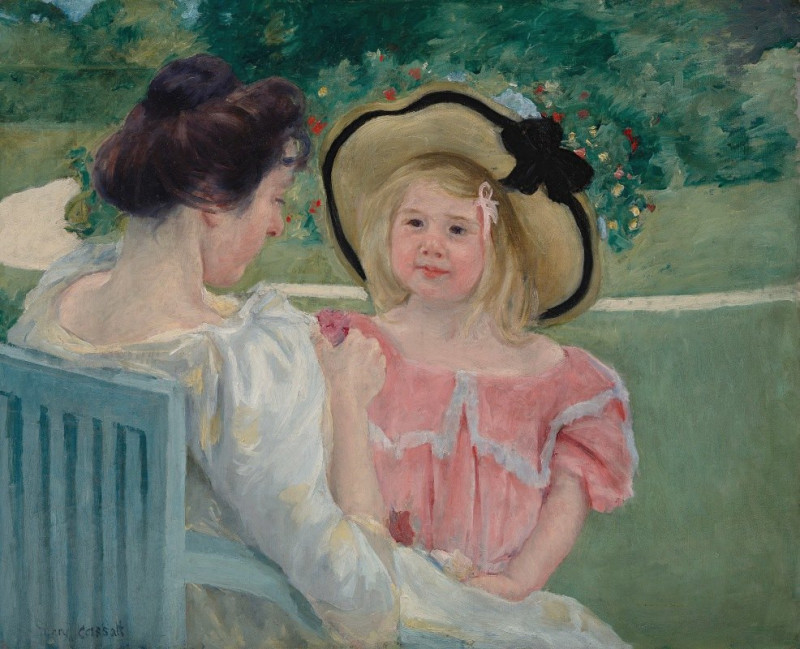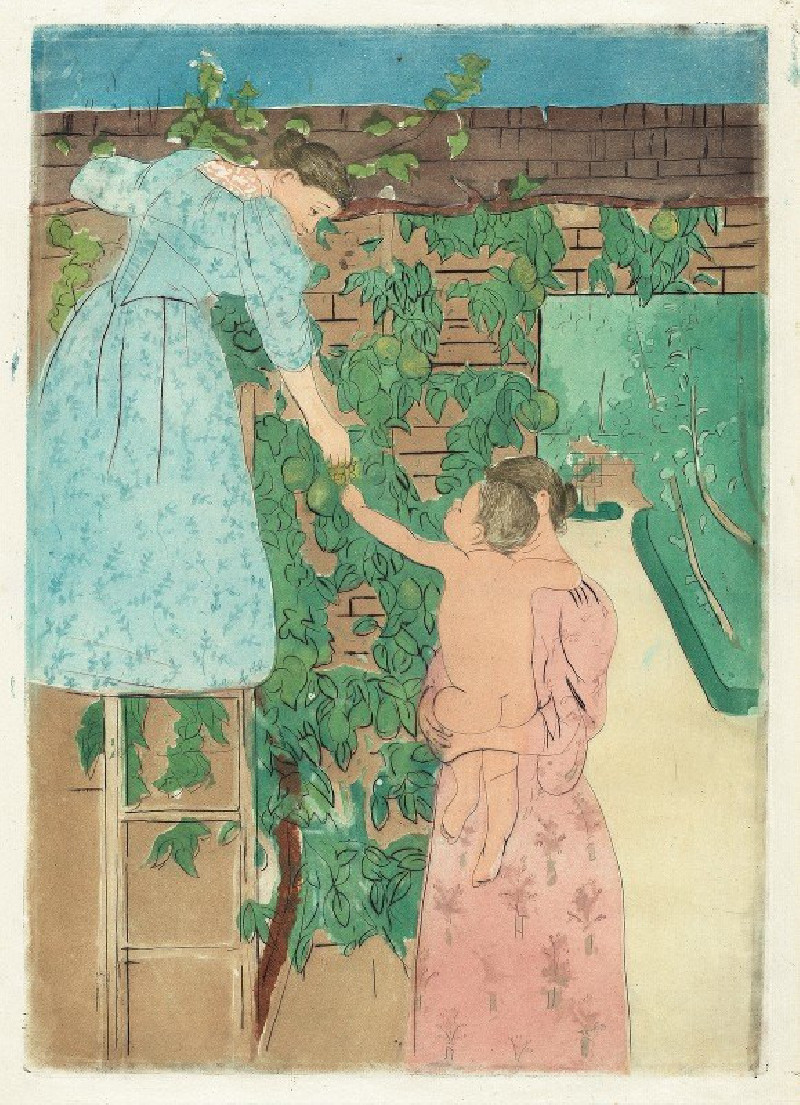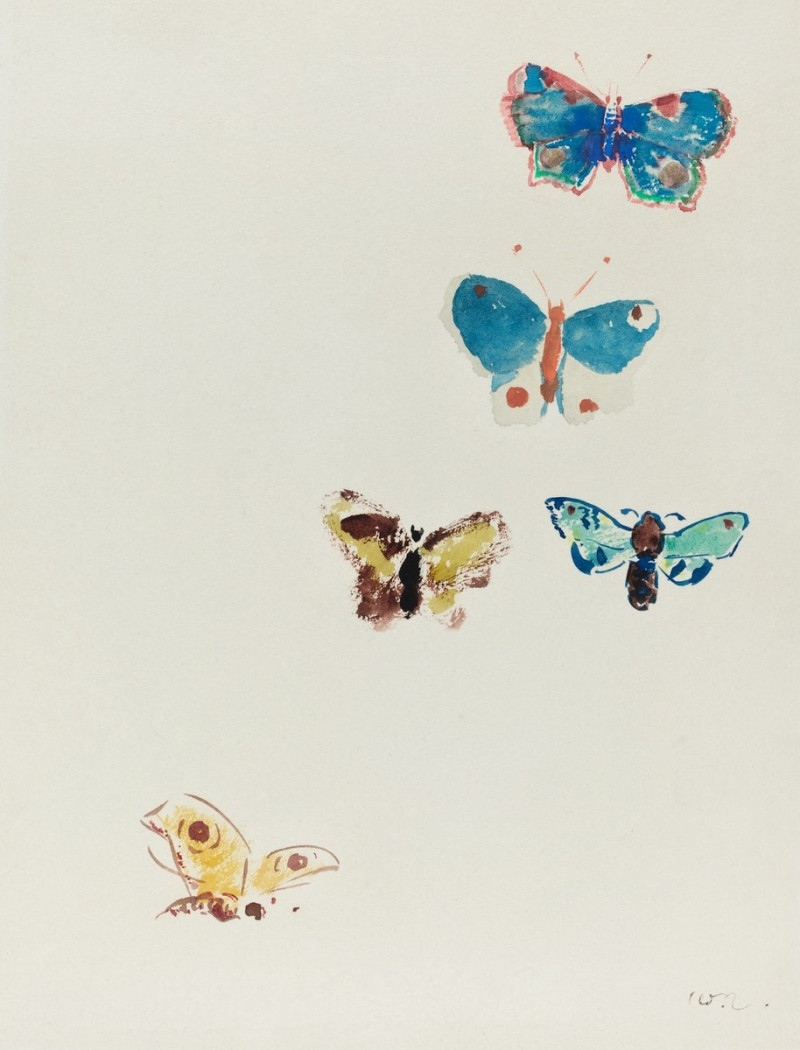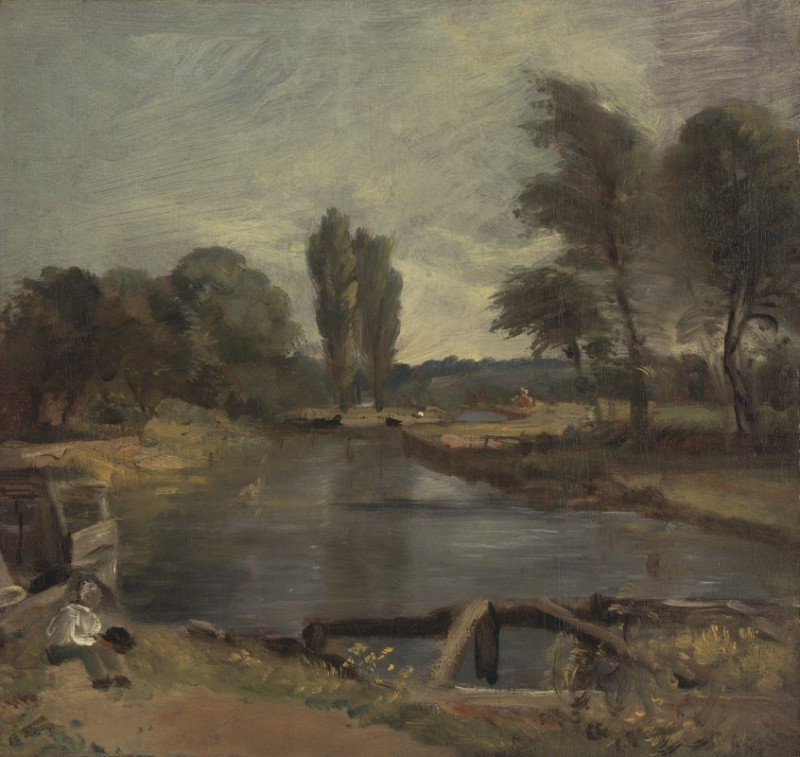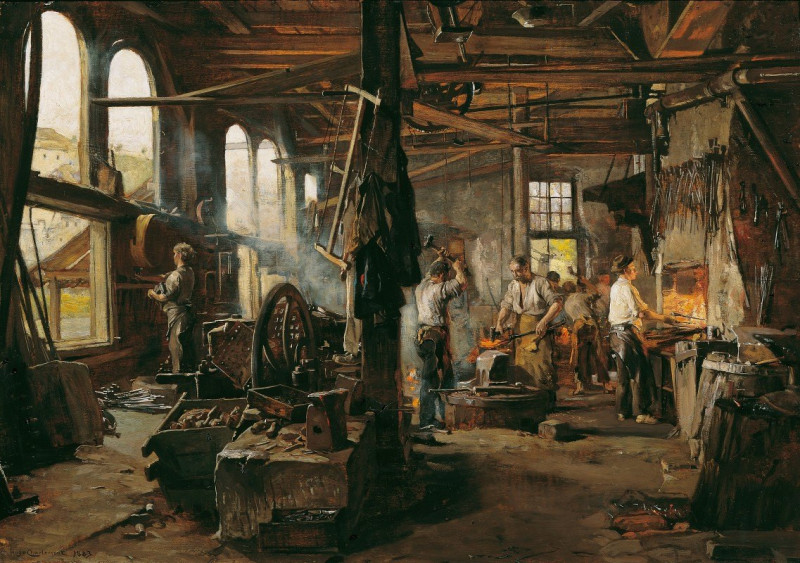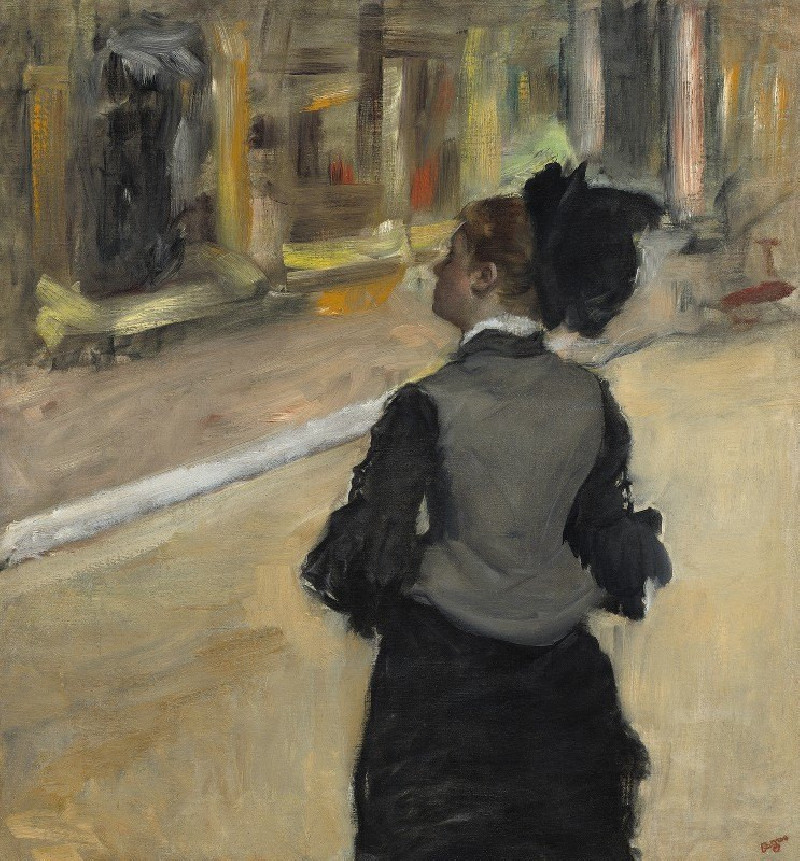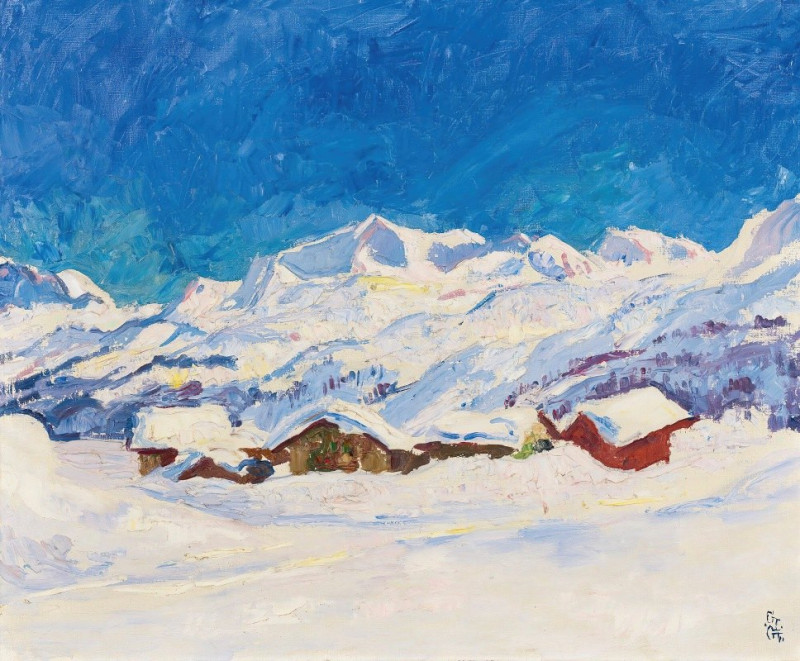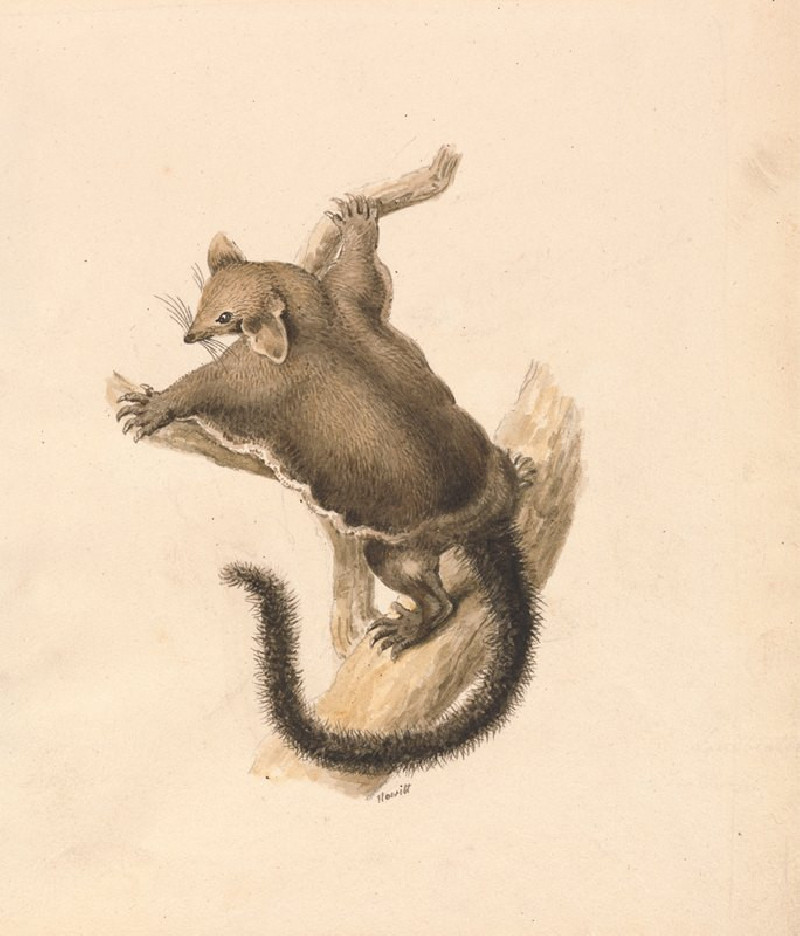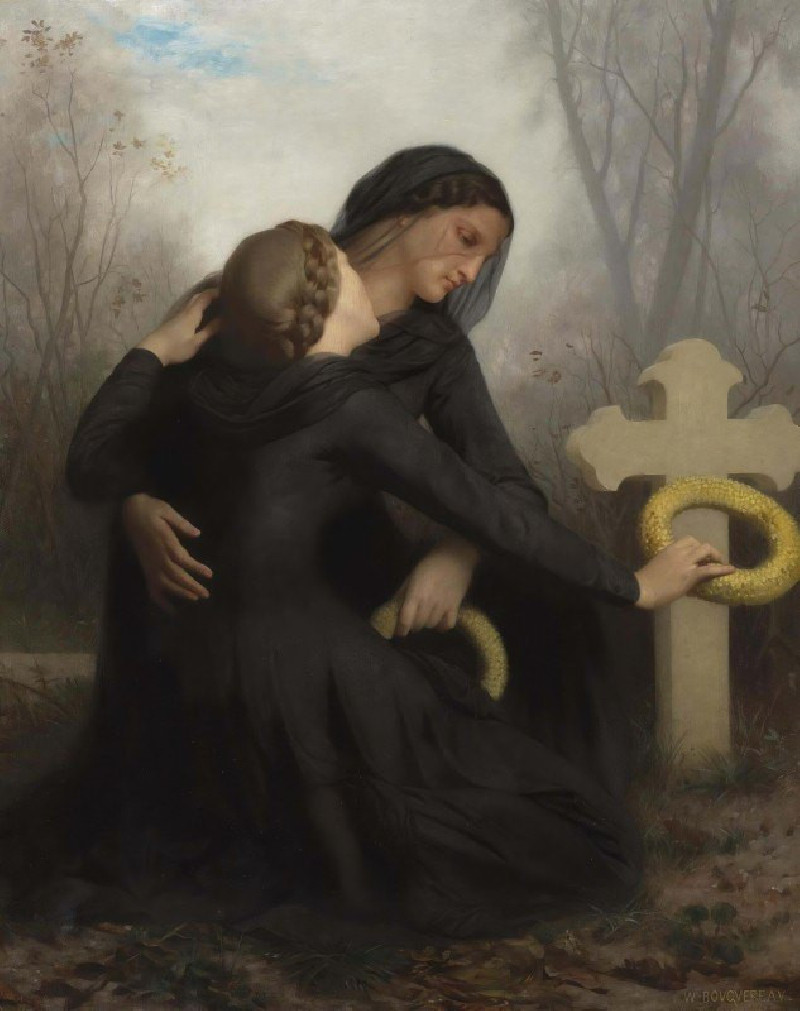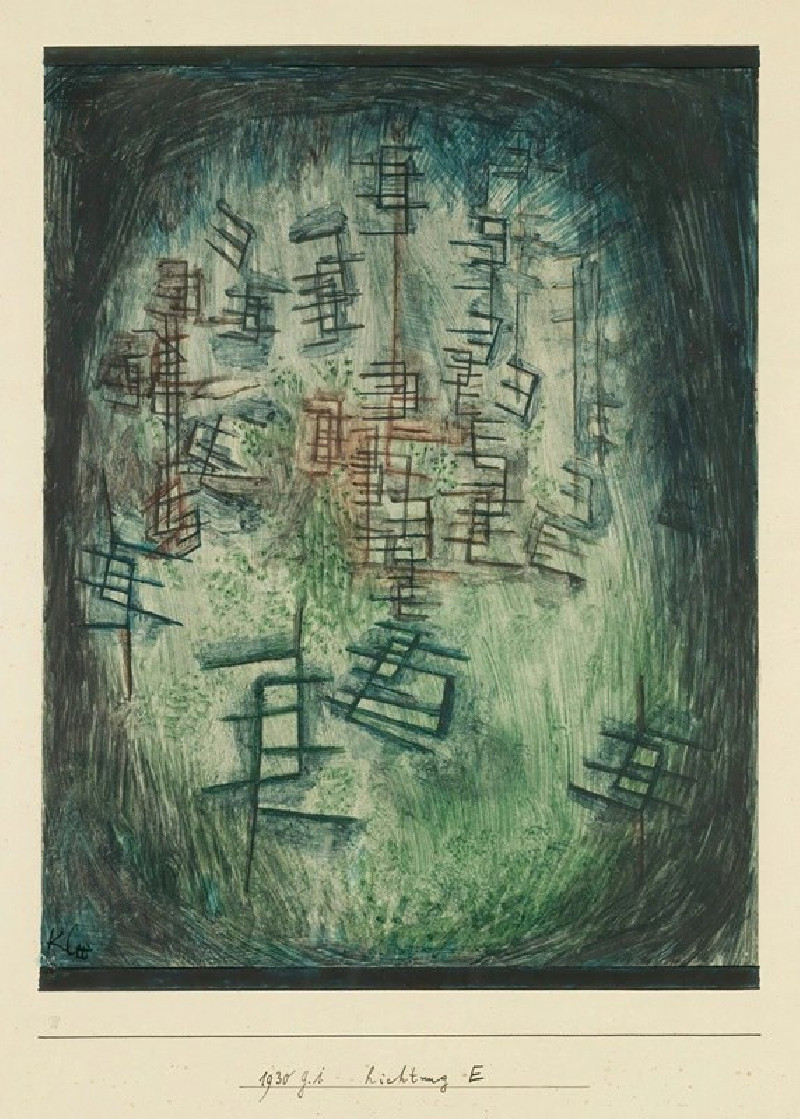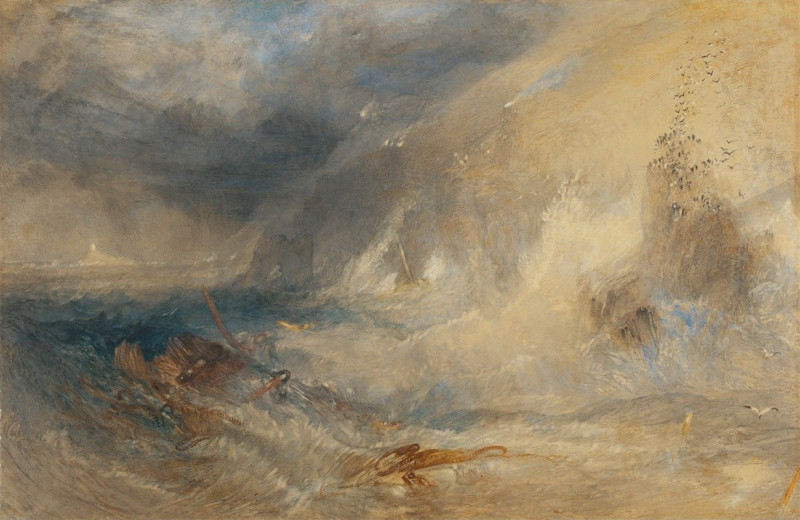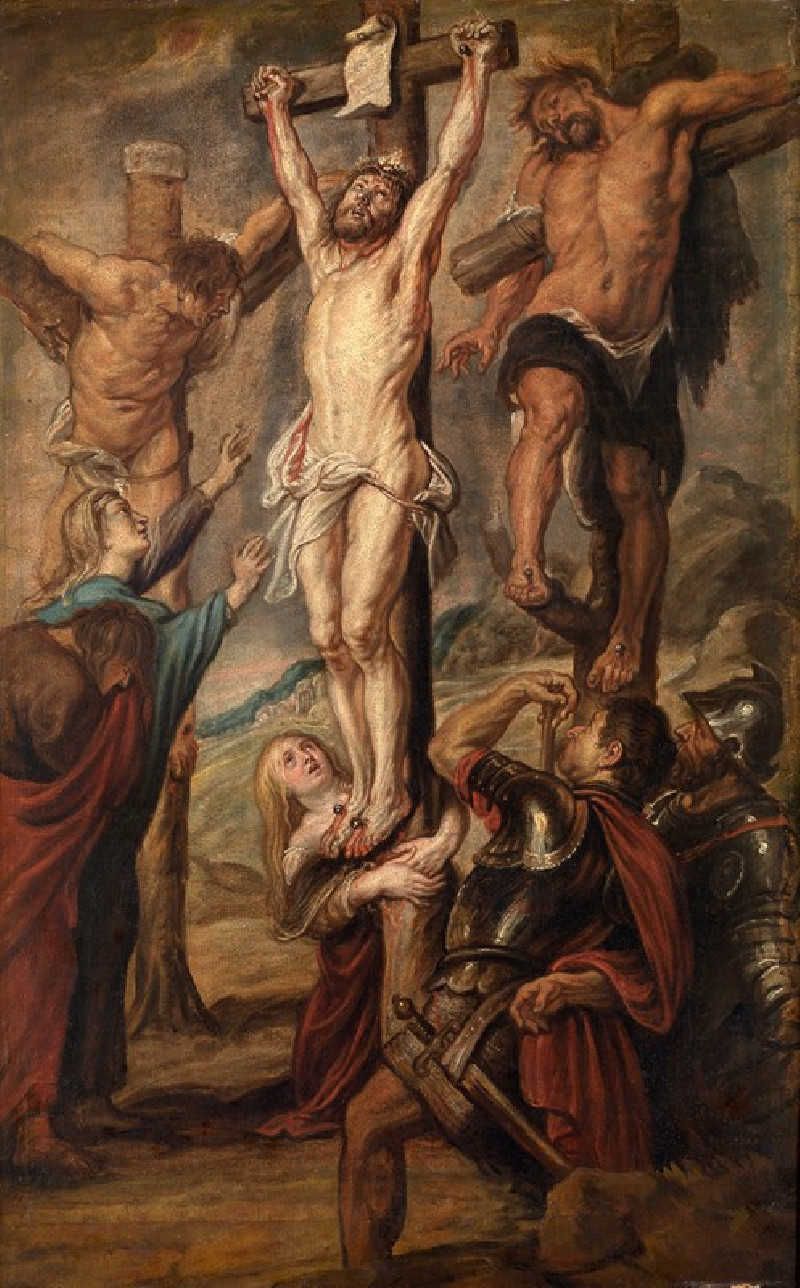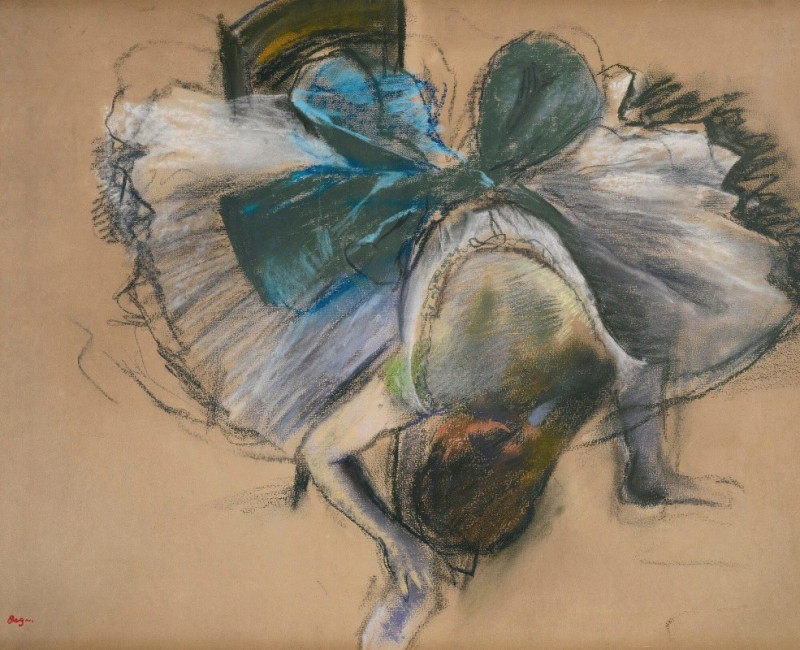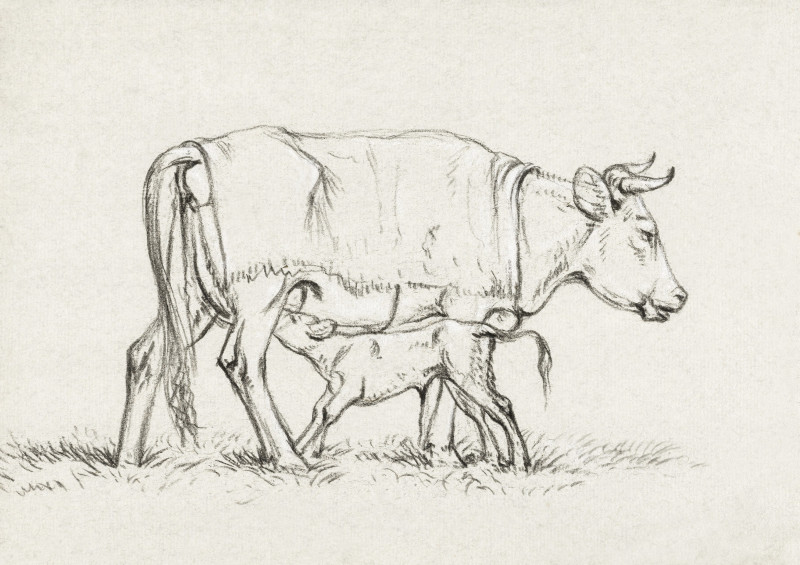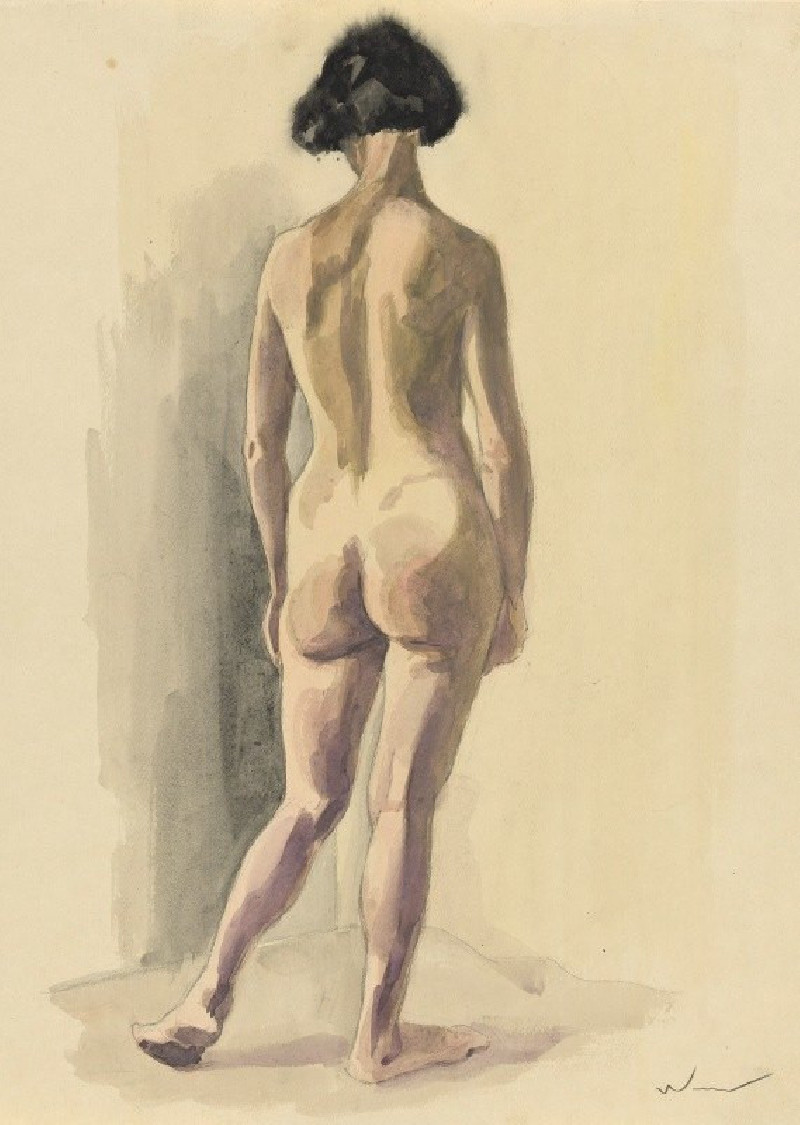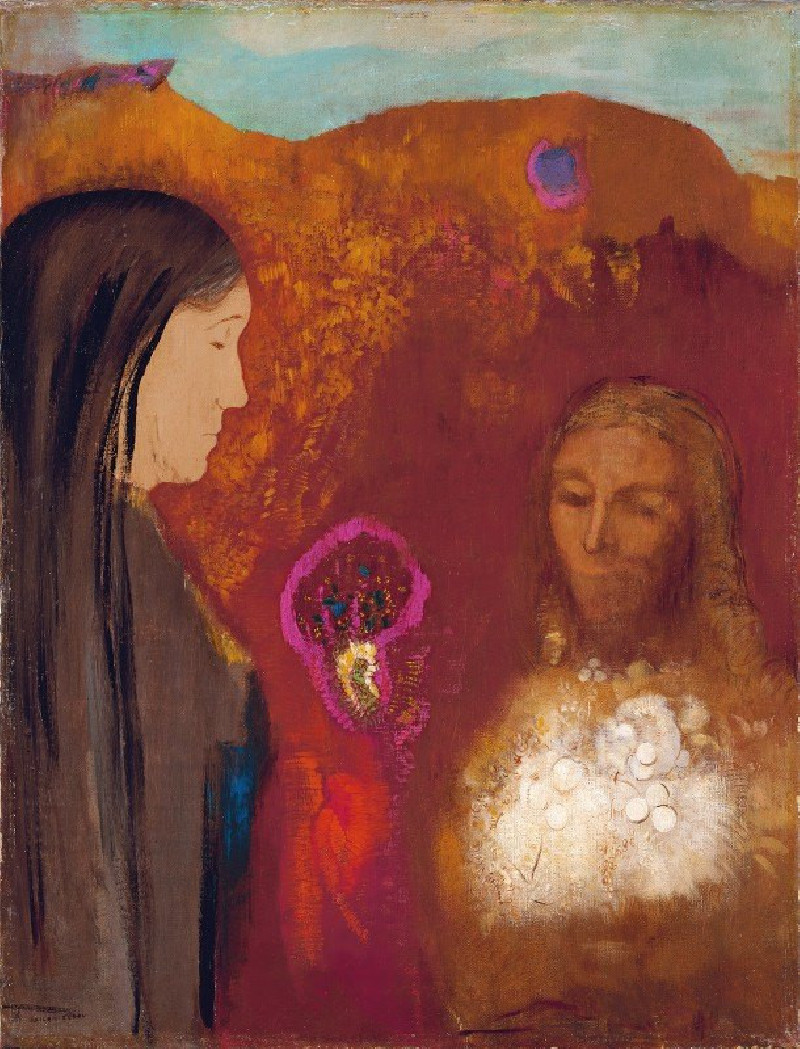Buste de fillette (1902)
Technique: Giclée quality print
Recommended by our customers
More about this artwork
In this entrancing 1902 pastel work, "Buste de fillette," American artist Mary Cassatt captures the delicate essence of a young girl with masterful precision and emotional depth. Known for her poignant portrayals of women and children, Cassatt’s artwork here illustrates her ability to convey subtle expressions and intricate details that make her subjects come alive.The painting depicts a young girl dressed in an elegant bonnet and a vibrant orange dress, set against a warmly neutral background that allows the subject to truly stand out. The child’s face, framed by the wide brim of her lace-adorned hat, holds a gaze that is both introspective and serene, hinting at a maturity beyond her years. The soft pastel strokes create a texture that seems almost tangible, especially in the rendering of the fluffy white material of the hat, which provides a stark contrast to the smoothness of her youthful skin.Cassatt’s choice of colors and light adds a luminous quality to the piece, with the blue and pink tones on the child’s face reflecting an almost ethereal glow. This artistic decision further enhances the overall tender and thoughtful mood of the painting."Buste de fillette" not only showcases Cassatt’s skill with pastels but also embodies her unique ability to depict the inner world of her subjects through their outward appearance. This piece is a beautiful testament to the everyday beauty and complex inner lives of children, themes that Cassatt revisited throughout her career.
Delivery
Returns
Mary Stevenson Cassatt was an American painter and printmaker. She was born in Allegheny City, Pennsylvania (now part of Pittsburgh’s North Side), but lived much of her adult life in France where she befriended Edgar Degas and exhibited with the Impressionists. Cassatt often created images of the social and private lives of women, with particular emphasis on the intimate bonds between mothers and children.
She was described by Gustave Geffroy as one of "les trois grandes dames" (the three great ladies) of Impressionism alongside Marie Bracquemond and Berthe Morisot.In 1879, Diego Martelli compared her to Degas, as they both sought to depict movement, light, and design in the most modern sense.

